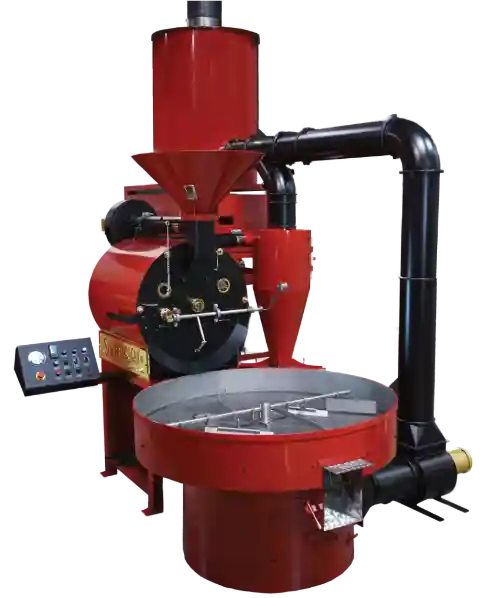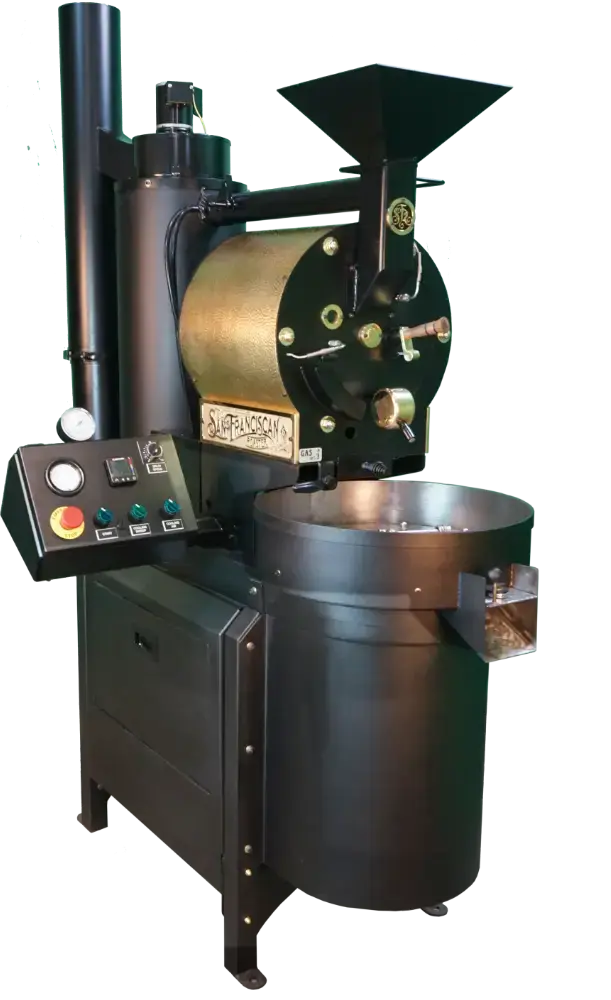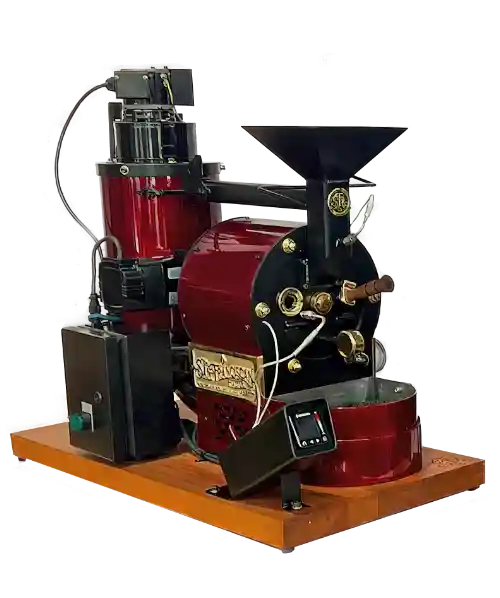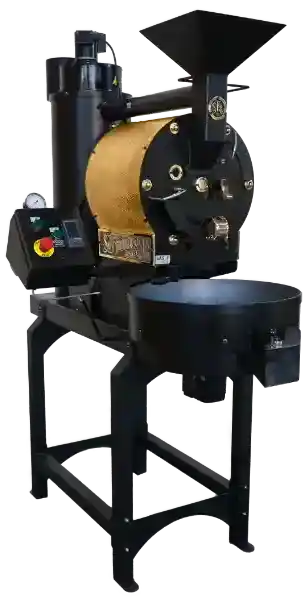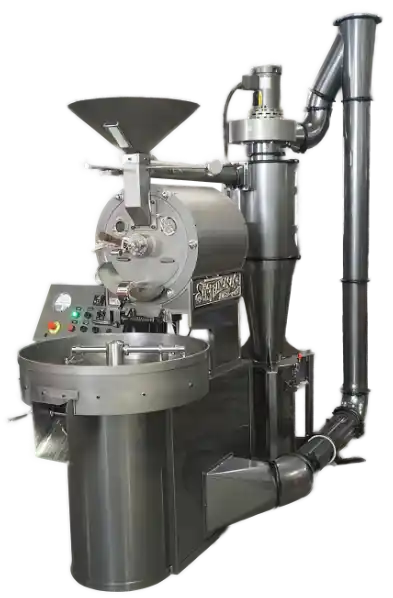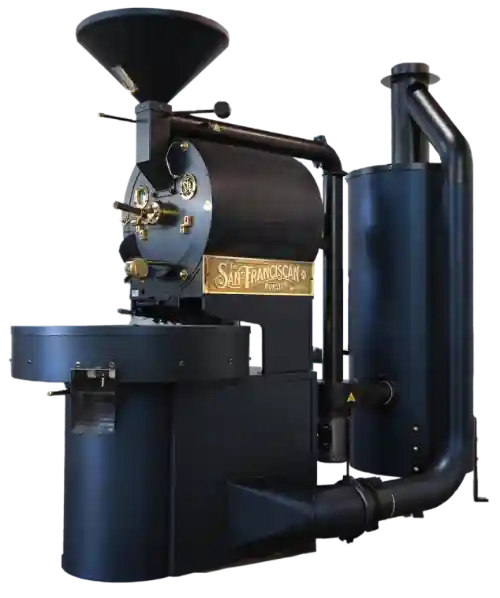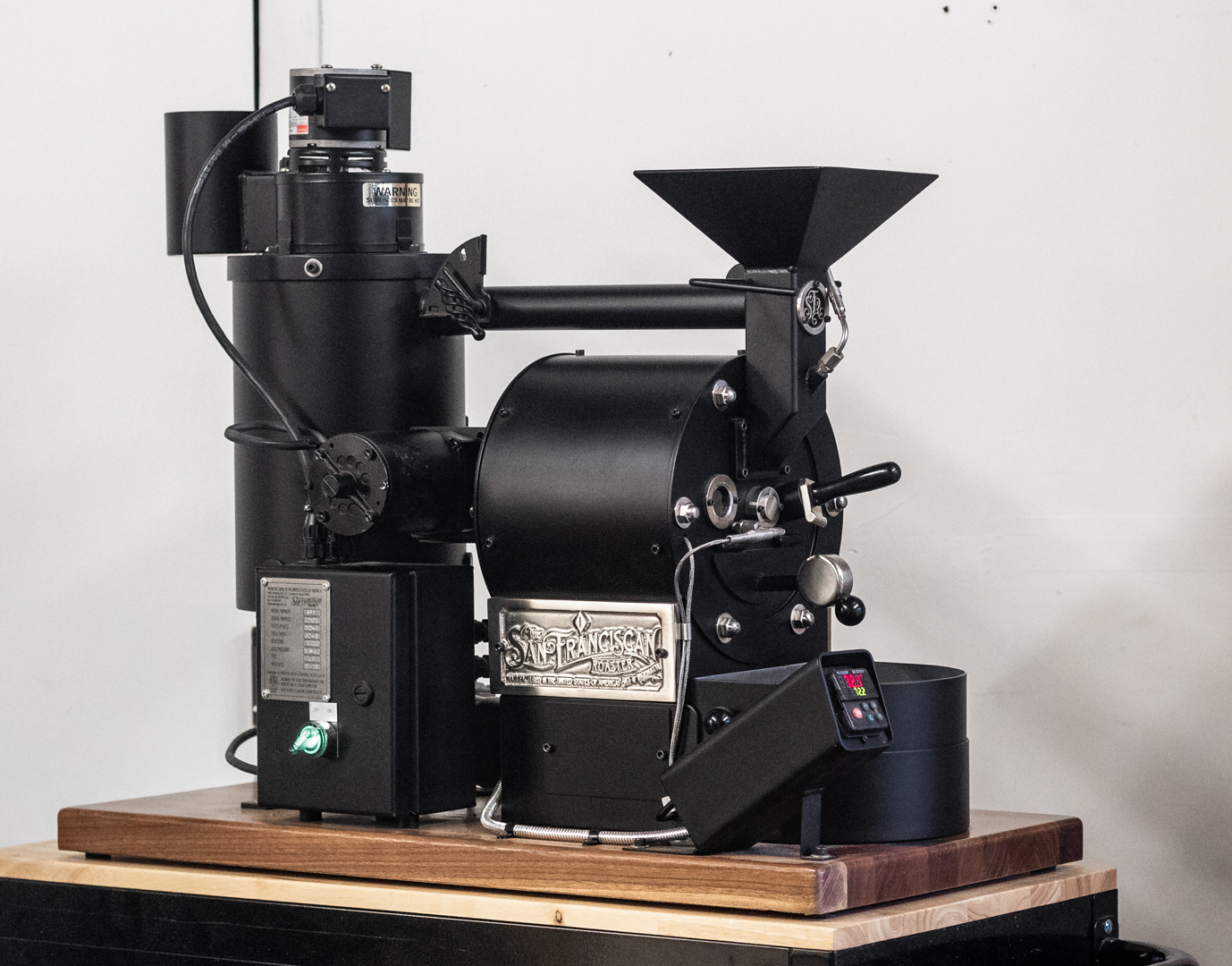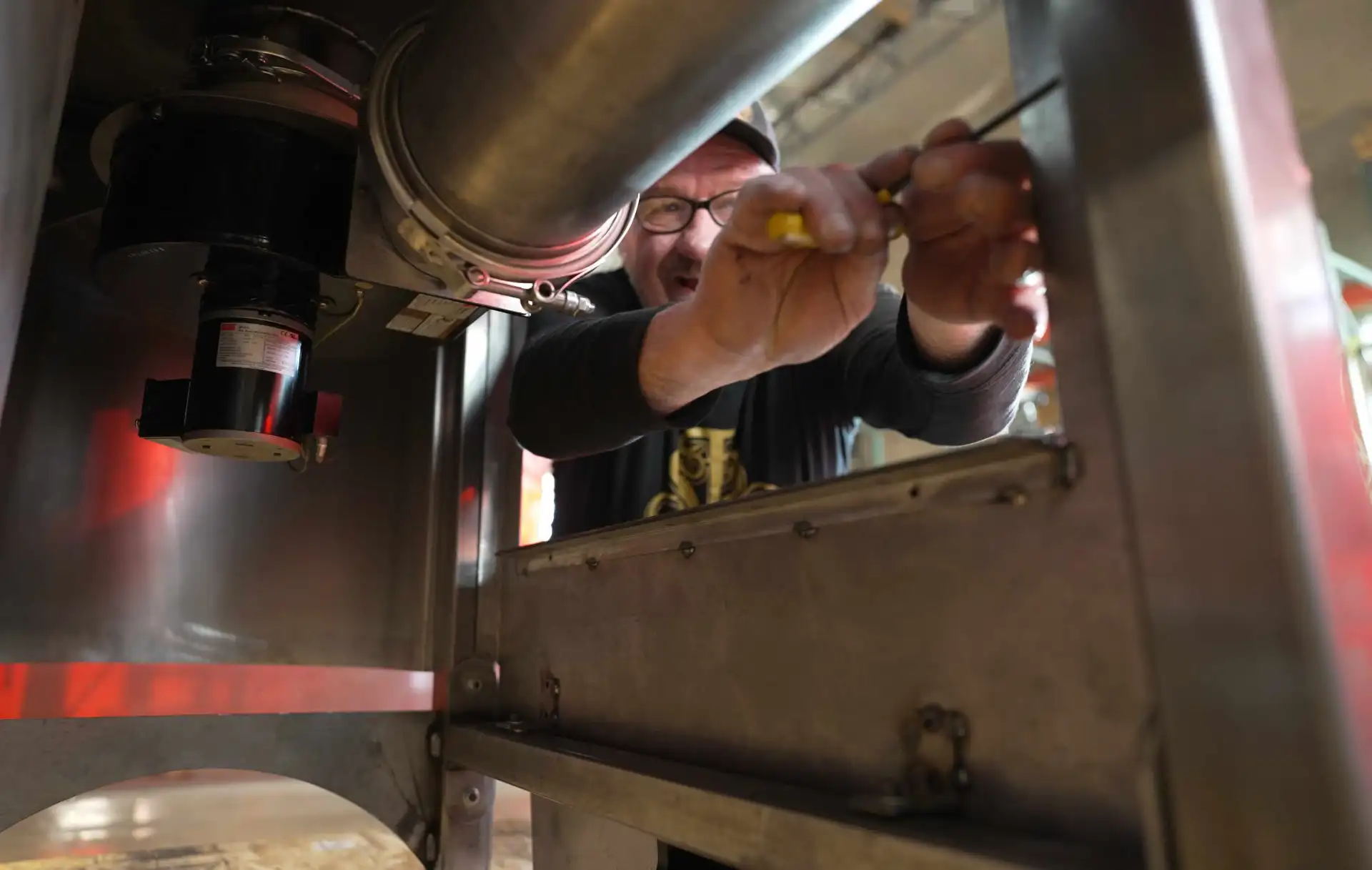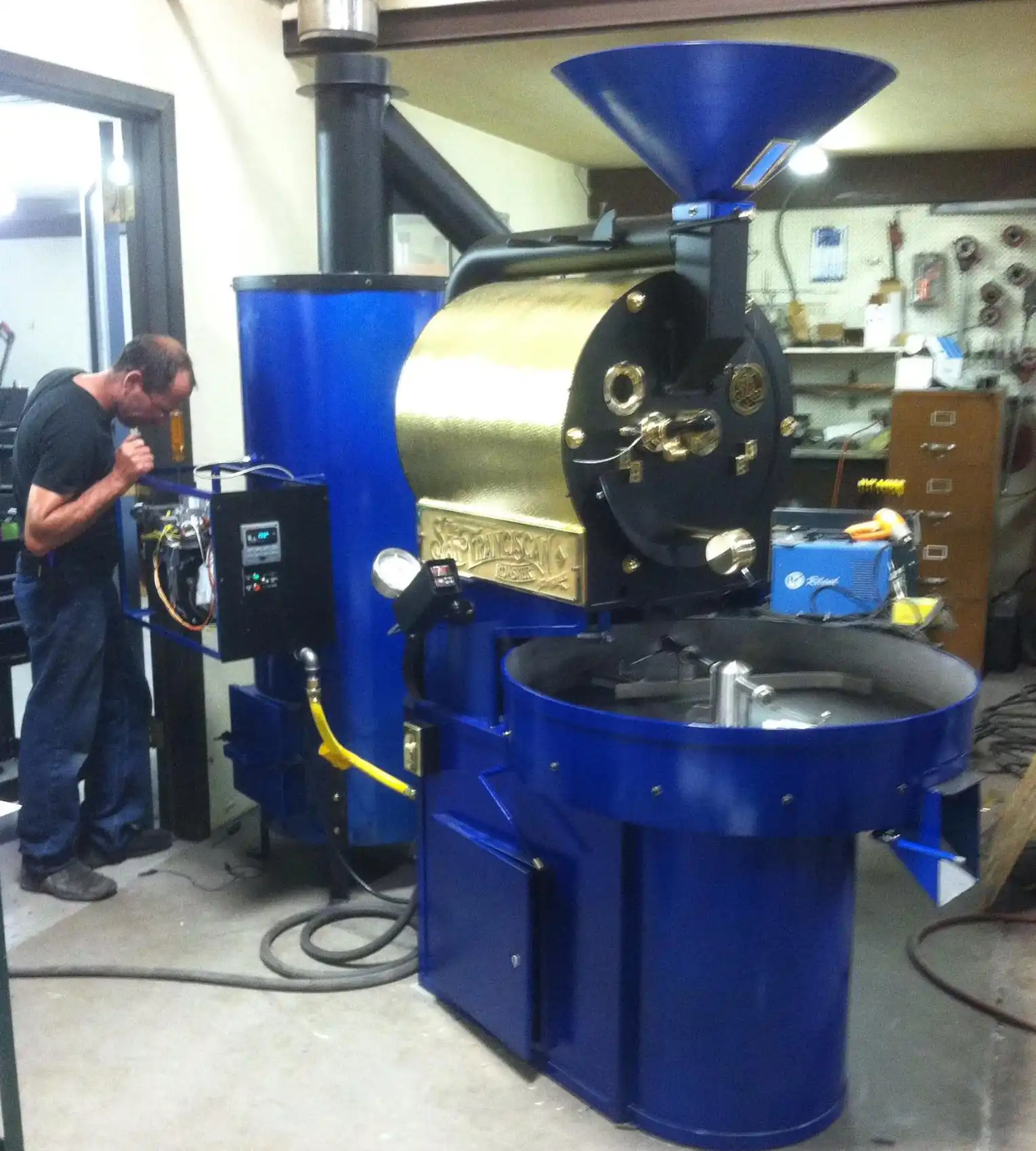The Coffee Roaster Drum Debate - Single Wall vs Double Wall
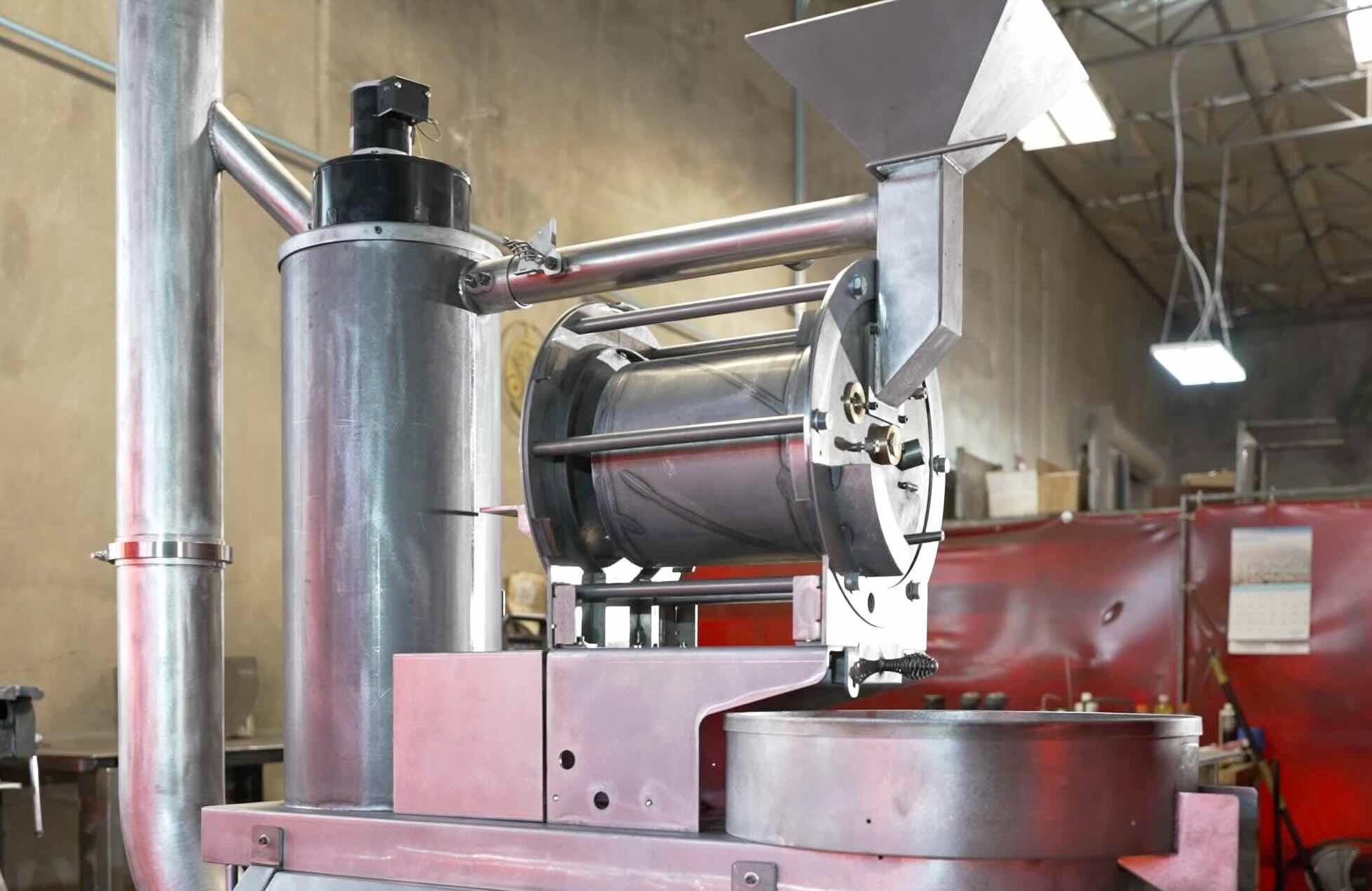
Coffee roasting is an art and science, with the equipment used playing a crucial role in determining the final flavor profile of the coffee. Among the various types of roasting machines, drum roasters are popular for their consistency and control. Within this category, there are single wall drum roasters and double wall drum roasters. Each has its unique benefits and drawbacks, impacting the roasting process and the final product.
Debate rages on which is the best, with some manufacturers pushing the myth that double wall drums are superior. There is a reason for this - the quality of the steel they use in construction and its conductive qualities.
Single Wall Drum Roasters
Single wall drum roasters feature a drum with a single layer of metal, usually made of mild steel or cast iron. The beans are roasted through direct contact with the hot drum and the hot air circulating inside the roasting chamber.
While stainless steel is popular in cheaper roasters, it does not have good heat conductive properties. Anybody who has tried to use a pure stainless steel frying pan without an inner layer of copper can attest to this.
So provided the steel is high quality mild steel, Single Wall drum roasters have the following benefits:
Benefits of Single Wall Drum Roasters
-
Heat Conduction: Single wall drums made from high-quality US-made mild steel like schedule 40 steel used by San Franciscan Roasters, provide exceptional heat conduction. This allows for precise control over the roasting process, essential for developing specific flavor profiles.
-
Responsive Control: High-quality steel with no impurities ensures that the drum heats up and cools down quickly, offering extremely responsive control over the conductive heating. This capability allows for rapid temperature adjustments and even heating throughout the drum, eliminating irregularities.
-
Maintenance: With only one layer of metal, these roasters are easier to maintain and clean. There are fewer surfaces where residue can build up, simplifying the cleaning process.
Drawbacks of Single Wall Drum Roasters
These drawbacks only really occur when the drum is made of steel with poor conductive properties that does not heat evenly. The steel could be too thin, the wrong type of steel or poor quality steel full of impurities.
-
Heat Retention: Single wall drums tend to lose heat more quickly than double wall drums. This can result in less stable roasting temperatures, requiring more attention and adjustments during the roast. However, this is mitigated by using high-quality steel, which enhances heat retention and stability.
-
Risk of Scorching: Due to the direct contact with the heated drum, there is a higher risk of scorching the beans if the drum temperature is not carefully controlled. The superior heat conduction of high-quality steel helps manage this risk more effectively.
-
Energy Efficiency: Single wall drums may be less energy efficient as they need more energy to maintain consistent roasting temperatures. However, the use of high-quality steel can improve energy efficiency by providing better heat conduction and retention.
Double Wall Drum Roasters
Double wall drum roasters feature a drum with two layers of metal, creating an insulating layer of air between the inner and outer walls. This design alters the heat transfer dynamics within the roaster.
Benefits of Double Wall Drum Roasters
-
Heat Retention: The insulating air layer helps to retain heat more effectively than a poor quality single wall, leading to more stable roasting temperatures. This stability can enhance the consistency of the roast.
-
Energy Efficiency: With better heat retention, double wall drum roasters often require less energy to maintain the desired roasting temperature, making them more energy-efficient.
-
Reduced Scorching Risk: The insulating layer reduces the direct contact heat transfer, lowering the risk of scorching the beans. This can result in a more even roast, than a single wall made of poor quality steel - especially for lighter roasts.
Drawbacks of Double Wall Drum Roasters
-
Cost: Double wall drum roasters are typically more expensive than single wall models due to the additional materials and complexity in manufacturing.
-
Maintenance: Cleaning and maintaining a double wall drum roaster can be more challenging due to the additional surfaces and potential for residue buildup between the walls.
-
Heat Transfer: The insulation that helps retain heat can also slow down the heat transfer to the beans, potentially requiring longer roast times or adjustments to roasting profiles. Additionally, if the steel used in the construction is of inferior quality or has impurities, the performance can be significantly impacted.
The Importance of Steel Quality
The quality of steel used in drum construction plays a critical role in the performance of both single wall and double wall drum roasters. High-quality US-made mild steel, such as the schedule 40 steel used by San Franciscan Roasters, is free of impurities and offers superior heat conduction. This results in extremely responsive control over the roasting process, allowing for precise temperature adjustments and even heating throughout the drum. In contrast, using steel with impurities or inferior conductive properties, such as certain types of stainless steel, can necessitate the use of a double wall design to compensate for uneven heat transfer.
Conclusion
Both single wall and double wall drum roasters have their distinct advantages and disadvantages. Single wall roasters made from high-quality steel, like the schedule 40 US steel used by San Franciscan Roasters, offer exceptional heat conduction, responsive control, and even heating, making them superior in many ways. Double wall roasters, while more expensive and complex to maintain, provide excellent heat retention and energy efficiency, particularly when the steel quality is not as high. Understanding these differences and the impact of steel quality is crucial for selecting the right equipment to achieve the desired roasting outcomes. Whether prioritizing cost, maintenance, or consistency, roasters can find a drum roaster that meets their specific needs and enhances their coffee roasting process.

